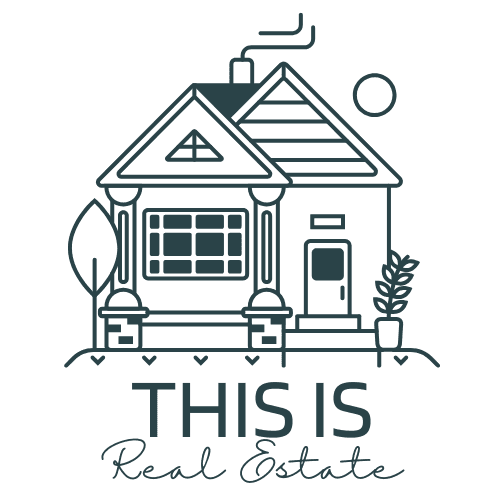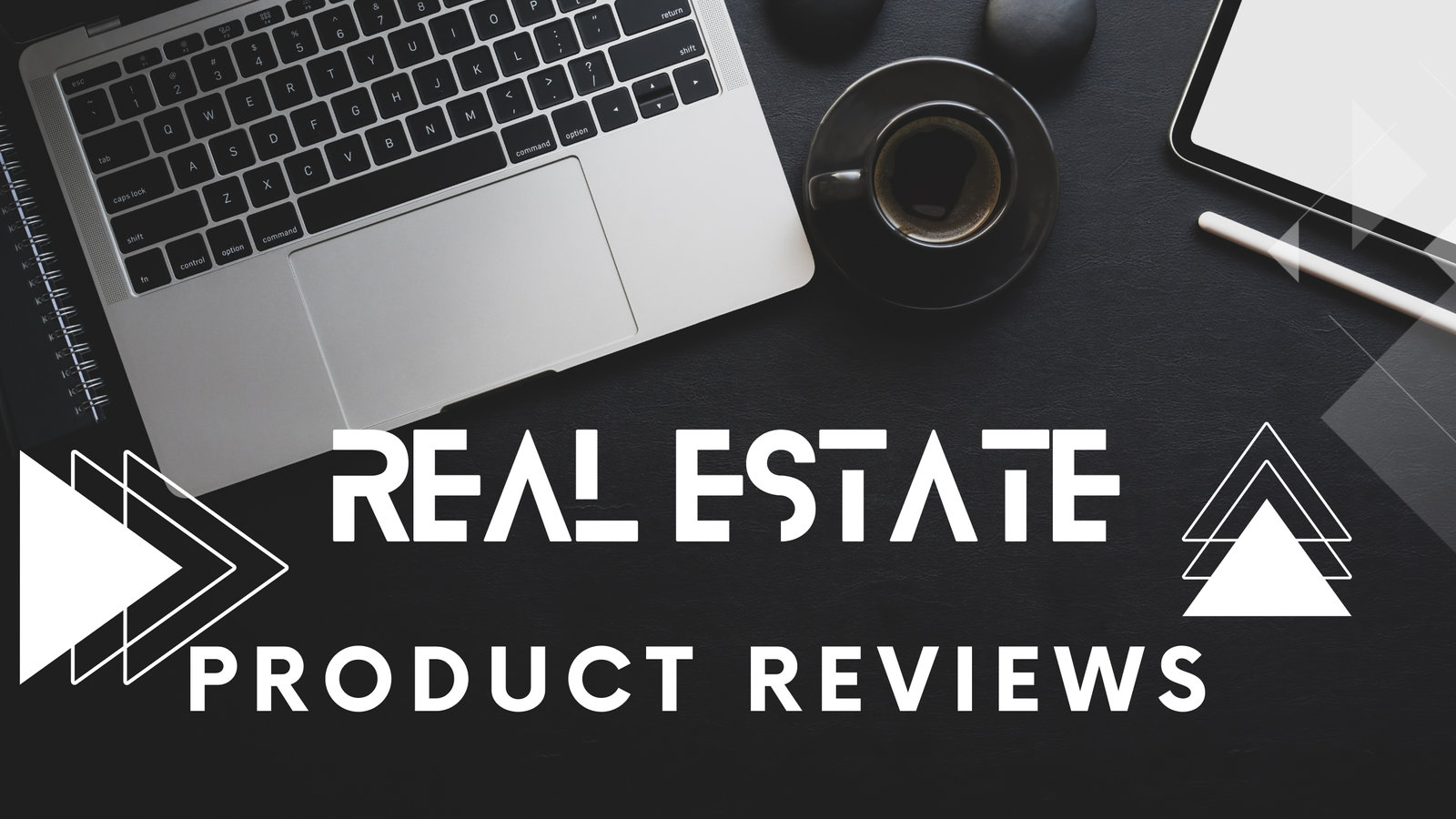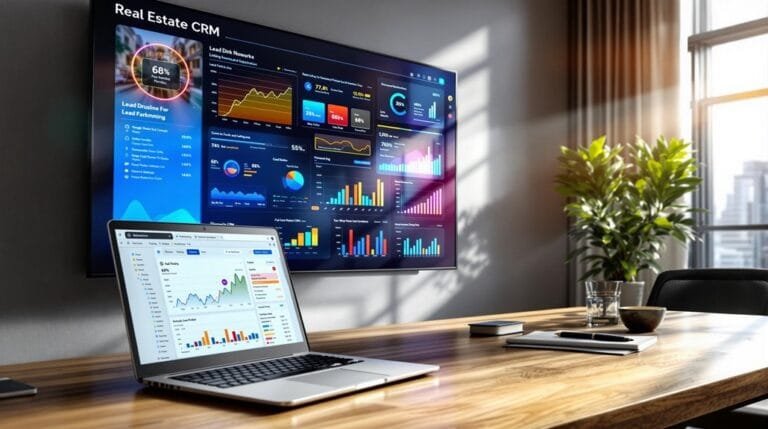In a low inventory market, generating seller leads starts by maintaining strong connections with past clients, encouraging referrals, and engaging with your professional network. Create content that addresses sellers’ challenges, using blogs, videos, or social media to disseminate information widely. Expand your lead sources by targeting rental property owners and mining expired listings. Establish a credible presence on social media by sharing local trends and engaging with followers. Embrace technology by using AI tools for valuation and lead management, staying informed on behavioral trends. By incorporating these strategies, you can effectively position yourself for greater success in attracting seller leads. Discover how to optimize each step efficiently.
Key Takeaways
- Leverage existing client relationships for referrals and repeat business to generate new seller leads.
- Create targeted content addressing seller challenges in low-inventory markets to attract potential leads.
- Utilize social media platforms to highlight selling benefits and establish credibility as a local expert.
- Employ AI and automation tools for efficient lead segmentation, nurturing, and follow-up communications.
- Network with real estate and non-real estate professionals to expand referral opportunities and lead sources.
Leveraging Existing Networks

Engaging with your existing network is a powerful way to generate seller leads. Start by maintaining regular contact with your previous clients. This consistent communication keeps relationships active, fostering potential referrals. Use social media to your advantage by reconnecting with former clients—comment on their posts or send direct messages to stay on their radar. Utilize your CRM system to keep detailed notes on these interactions, ensuring you have context for future conversations. In a low inventory market, your former clients are especially valuable as primary sources of repeat business and referrals.
Don’t overlook the importance of inviting past clients to events or webinars. This not only keeps them engaged but also provides a platform to showcase your expertise. Personalized follow-ups are key; sending tailored emails or messages makes your past clients feel valued and maintains the relationship. Networking with other real estate professionals enhances opportunities for referrals, so consider joining industry groups or attending meetings to strengthen professional networks. Moreover, ensuring clear communication with clients reinforces your dedication to transparency and trust.
In addition to engaging previous clients, expand your professional networks. Attend in-person networking events and leverage online platforms to connect with potential leads and other professionals. Building relationships with community professionals, such as hairdressers and landscapers, can also lead to valuable referrals. Participate in community events to meet new people, regularly engage with your referral network to keep it active, and explore opportunities to widen your reach.
Creating Targeted Content
Building strong relationships within your existing network sets the stage for another powerful strategy: creating targeted content to attract seller leads. In a low-inventory market, addressing the pain points of potential sellers through well-crafted content can set you apart. Start by identifying the specific challenges sellers face, like the fear of buying and selling simultaneously, and tailor your content to alleviate these concerns. Use various formats to reach your audience effectively, from blog posts to videos and social media updates. In low inventory conditions, implementing strategic automation tools can streamline the process of engaging with potential sellers through personalized and timely content. By leveraging SEO techniques, you can ensure that your content reaches the right audience more efficiently.
To make your content resonate, incorporate targeted messaging. Focus on specific types of sellers, such as downsizers or FSBOs, using examples and market insights to highlight your expertise. Engaging in effective communication with your audience helps to build trust and ensure that your content meets their needs. Engage your audience with interactive content that invites participation and feedback. Here are some effective strategies:
- Interactive Content: Use social media to engage and share valuable insights.
- Personalized Emails: Launch campaigns with timely, relevant information.
- Market Insights: Share local data to emphasize the benefits of selling now.
- Success Stories: Highlight recent successes to inspire potential sellers.
Expanding Lead Sources

When you’re looking to expand your lead sources, reconnecting with past clients is a great place to start. By reaching out in a genuine and authentic way, you can foster repeat business and potentially gain referrals. Use your CRM or a simple spreadsheet to jot down notes on past conversations, ensuring a personal touch in future interactions. Engaging with your sphere of influence is crucial as it helps keep you top of mind for referrals. Engage with these clients on social media, and send regular follow-up emails or event invitations to maintain those valuable relationships. This approach often leads to referrals or direct listings, enhancing your lead sources. Additionally, providing ongoing support such as market updates can further solidify these connections.
Engaging with professionals outside of real estate, like hairdressers, landscapers, or painters, can also be beneficial. Offer incentives for referrals and tag them in your social media posts to keep your name visible. Consider inviting them to real estate events to solidify these connections.
To further broaden your network, target rental property owners and leverage in-person networking opportunities. Use online platforms and contact expired listings to connect with potential sellers.
Here’s a quick overview of these strategies:
| Strategy | Action | Benefit |
|---|---|---|
| Reconnect with Past Clients | Follow-up emails, social media engagement | Repeat business, referrals |
| Engage Non-REALTORS | Offer incentives, tag in posts | Increased visibility |
| Target Rental Owners | Phone/email outreach, property value discussions | Direct leads |
| Network Broadly | Attend events, open houses | New connections |
| Contact Expired Listings | Direct communication | Potential interest renewal
Enhancing Social Media Presence
Social media mastery is essential for generating seller leads in today’s digital landscape. To enhance your social media presence, focus on creating targeted content that alleviates potential sellers’ concerns. Highlight the benefits of selling in a low-inventory market, such as increased demand and potentially higher offers. Engaging on multiple platforms like Twitter, Instagram, and Facebook broadens your visibility, allowing you to reach a wider audience and establish yourself as a local market expert.
- Craft targeted content: Share reasons why selling now is beneficial to ease fears.
- Engage on multiple platforms: Use Twitter, Instagram, and Facebook to increase reach.
- Use visual aids: Incorporate IGTV videos, Pinterest graphics, and carousels for engagement.
- Leverage local insights: Share trends and news to establish credibility.
Visual content, such as IGTV videos and Pinterest graphics, can make your posts more engaging and help convey complex market information succinctly. Sharing local market trends and news not only establishes your credibility but also positions you as an expert in the field. Remember to monitor engagement closely; tracking interactions will help you identify potential sellers and tailor your future content to meet their needs, ultimately driving more leads. Additionally, maintaining a strong online presence will ensure that your efforts are recognized and appreciated within the community.
Innovative Prospecting Strategies

Releasing the potential of innovative prospecting strategies can transform your approach to generating seller leads. Start by identifying warm leads from active buyer searches which might reveal potential sellers. Reconnect with past clients for referrals and repeat business opportunities. Your sphere of influence, including your professional network, is a valuable resource for generating new leads. Use AI-driven tools for lead nurturing and segmentation, allowing you to efficiently convert buyer leads into seller prospects through consistent follow-up via various communication channels. Additionally, AI-powered valuation can enhance your understanding of property values, aiding your ability to engage potential sellers effectively.
Geo and local market prospecting are essential. Utilize GeoLeads to educate homeowners about market trends and their home’s value, offering Comparative Market Analyses (CMAs) and updates to inform and engage potential sellers. In unpredictable housing markets, having reliable lead sources is crucial to alleviate stress regarding lead acquisition. Position yourself as the local real estate expert through community outreach, FSBO outreach, and hosting open houses, which attract potential sellers and help gather valuable leads.
Strategic communication involves creating seller-specific content that addresses pain points, providing regular market updates, and using personalized messages. Engage with leads through educational content like workshops and webinars. Diversify your lead sources, tapping into rental property owners and professional referrals. This multi-faceted approach enhances your ability to generate seller leads effectively.
Frequently Asked Questions
How Can I Manage Seller Leads Efficiently in a Low Inventory Market?
To efficiently manage seller leads, prioritize organization and consistent follow-up. Use a CRM to track interactions, ensuring no lead falls through the cracks. Personalize communication to build trust, making leads feel valued. Leverage technology for automated reminders, helping you keep up with engagements without overwhelming yourself. Stay informed about market trends to provide valuable insights, positioning yourself as a knowledgeable resource. Regularly review and refine your strategy for continuous improvement.
- Prepare for Loan Maturities and Refinancing Waves as a Real Estate AgentIn mastering loan maturities and refinancing waves, uncover strategies every real estate agent needs to empower clients during pivotal financial transitions.
What Are the Best Tools for Tracking Seller Lead Conversion Rates?
Tracking seller lead conversion rates requires the right tools. Consider customer relationship management (CRM) systems like Salesforce or HubSpot, which seamlessly streamline your sales process. Pair these with predictive analytics platforms, and you’ll pinpoint potential sellers precisely. Utilize AI-powered tools such as Ylopo’s Seller Suite for automated lead analysis. These systems provide insightful data, allowing you to adapt strategies effectively, ensuring every effort enhances efficiency and elevates your conversion success.
How Should I Prioritize Follow-Ups With Potential Sellers?
Prioritize follow-ups with potential sellers by first identifying those with the highest likelihood of selling, such as rental property owners or those with expired listings. Then, tailor your communication to address their specific needs and market conditions. Use personalized messages and highlight the benefits of selling now. Reconnect with past clients and leverage your professional network for referrals. Consistent, meaningful engagement will help maintain interest and build trust with potential sellers.
Recent Posts

How to Use Brokerage Branding to Build Your Personal Brand

Best Real Estate Content Ideas for Social Media
What Role Does Customer Relationship Management Software Play in Lead Generation?
You won’t believe how vital CRM software is in lead generation. It centralizes your contacts, automating follow-ups and segmenting leads based on interest levels. With lead scoring, you can focus on the most promising prospects, while customizable workflows guarantee no lead is neglected. Plus, it integrates with marketing tools, streamlining your efforts. Real-time notifications and analytics keep you informed, making CRM an indispensable tool for efficient and successful lead management.
How Do I Evaluate the Effectiveness of My Seller Lead Generation Strategies?
You’re on the right track by evaluating your seller lead generation strategies through several key metrics. Start by tracking the number of new leads each month and analyzing which sources provide the most. Calculate conversion rates and assess lead quality to guarantee they’re likely to result in sales. Monitor engagement metrics like email open rates and event attendance. Analyze your ROI, adjust strategies based on data, and reallocate your budget for best results.
Bottom Line
In a low inventory market, your success in generating seller leads hinges on a strategic approach. By nurturing your existing connections, crafting content that speaks directly to potential sellers, and broadening your lead sources, you lay a solid foundation. Enhancing your social media footprint further amplifies your reach, while innovative prospecting gives you a competitive edge. Through these efforts, you transform challenges into opportunities, fostering growth in your community and positioning yourself as a trusted real estate resource.







